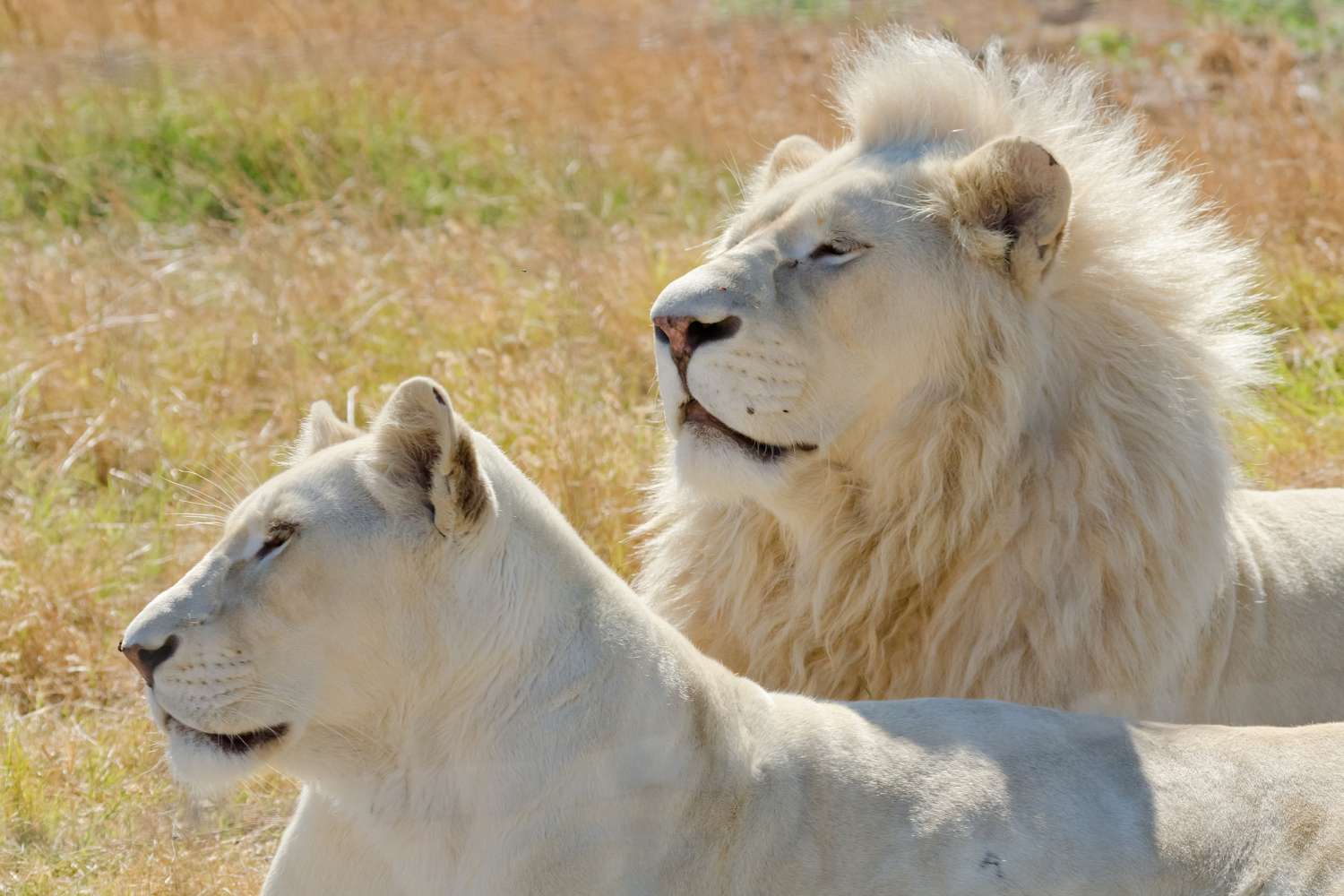So, you’ve probably heard about lions, right? Fierce, majestic creatures roaming the African savannah, the king of the jungle and all that. But have you ever wondered if there are white African lions? You know, the ones with that stunningly rare coloration that seems to defy nature itself. Well, let’s dive into the fascinating world of these elusive creatures and find out the truth behind the existence of white African lions.
White African Lions
White African lions are a rare and majestic subspecies of lions, known for their unique coloration. While the majority of lions have golden or tawny coats, white African lions stand out with their pale, almost ivory-colored fur. These magnificent creatures have captured the imagination of people around the world, and their beauty and rarity make them a sight to behold.
Origin of White African Lions
The origins of white African lions can be traced back to the Timbavati region in South Africa. It was here that the first white lion was observed in the 1930s. This unique genetic variation is the result of a recessive gene called the Chinchilla gene. When both parents carry this gene, there is a chance their offspring will be born with a white coat. This naturally occurring mutation sets the white African lions apart from their tawny-coated counterparts.
Physical Characteristics of White African Lions
White African lions share many physical characteristics with other subspecies of lions. They have muscular bodies, a regal mane (in the case of males), and a powerful roar that can be heard from miles away. However, their most striking feature is their white fur. This variation in color is caused by the absence of pigmentation in their skin and hair. Their striking appearance makes them a sought-after attraction in zoos and wildlife reserves around the world.
Habitat and Range
White African lions inhabit the same areas as other lions in Africa, primarily in protected wildlife reserves and national parks. Their natural range includes countries such as South Africa, Botswana, Zimbabwe, and Namibia. These lions thrive in a range of ecosystems, from savannahs and grasslands to scrublands and woodlands. Their habitat requirements are similar to those of other lion subspecies, with ample prey and access to water being essential for their survival.
Population and Conservation Status
White African lions are incredibly rare, and accurate population estimates are challenging to obtain. It is believed that there are only a few dozen white African lions in the wild, making them a highly endangered subspecies. The main threat to their population is human activity, including habitat loss, poaching, and trophy hunting. Conservation efforts are crucial to protect these magnificent creatures and ensure their survival for future generations.
Feeding Habits
White African lions, like their counterparts, are apex predators and primarily feed on large ungulates such as zebras, wildebeests, and gazelles. Their hunting behavior is highly coordinated, with females often working as a team to bring down their prey. African lions are ambush predators, taking advantage of their exceptional speed and stealth to maximize their success in capturing prey. A single lioness can consume up to 15% of its body weight in one meal, highlighting their impressive appetite.
Behavior and Social Structure
White African lions exhibit similar behaviors and social structures to other lion subspecies. They are social animals, living in prides that are typically composed of related females, their cubs, and a small number of adult males. These prides establish territories, marking their boundaries through scent marking and roaring. Male lions play a vital role in protecting the pride, while females are primarily responsible for hunting and rearing the cubs. White African lions are known for their impressive hunting skills and their ability to work together as a cohesive unit.
Breeding and Reproduction
Breeding and reproduction among white African lions follow similar patterns to other lion subspecies. Female lions usually reach sexual maturity around three to four years of age, while males mature slightly later. Breeding within a pride is exclusive to the dominant male, who mates with the lionesses within his territory. After a gestation period of approximately 110 days, lionesses give birth to a litter of usually two to four cubs. These cubs are nurtured and protected by the entire pride until they are old enough to join in hunting activities.
Threats and Conservation Efforts
White African lions face numerous threats that endanger their survival. Habitat loss due to human activity, including agricultural expansion and urbanization, poses a significant challenge to their population. Poaching for body parts and trophy hunting also contribute to the decline of these magnificent creatures. To combat these threats, various conservation efforts are in place, including the establishment of protected areas and wildlife reserves where these lions can thrive. Additionally, educational programs and public awareness campaigns are crucial in fostering a sense of responsibility towards conserving these endangered animals.
Mythology and Cultural Significance
White African lions hold a special place in local African mythology and cultural beliefs. In some African tribes, they are revered as sacred and symbolic beings, embodying strength, courage, and wisdom. Their unique white appearance is believed to be a manifestation of divine power or ancestral spirits. Throughout history, these rare lions have inspired stories and legends, captivating the hearts and minds of people across cultures. Their elusive nature and striking beauty contribute to their cultural significance, making them a legendary and cherished species.
Conclusion
White African lions are not only a marvel of nature but also a symbol of the challenges faced by wildlife in our rapidly changing world. Their scarcity and vulnerability serve as a reminder of the urgent need for conservation efforts to protect their habitat and ensure their survival. It is our collective responsibility to preserve these beautiful creatures and the ecosystems they inhabit, so future generations can continue to be captivated by the awe-inspiring presence of white African lions.

